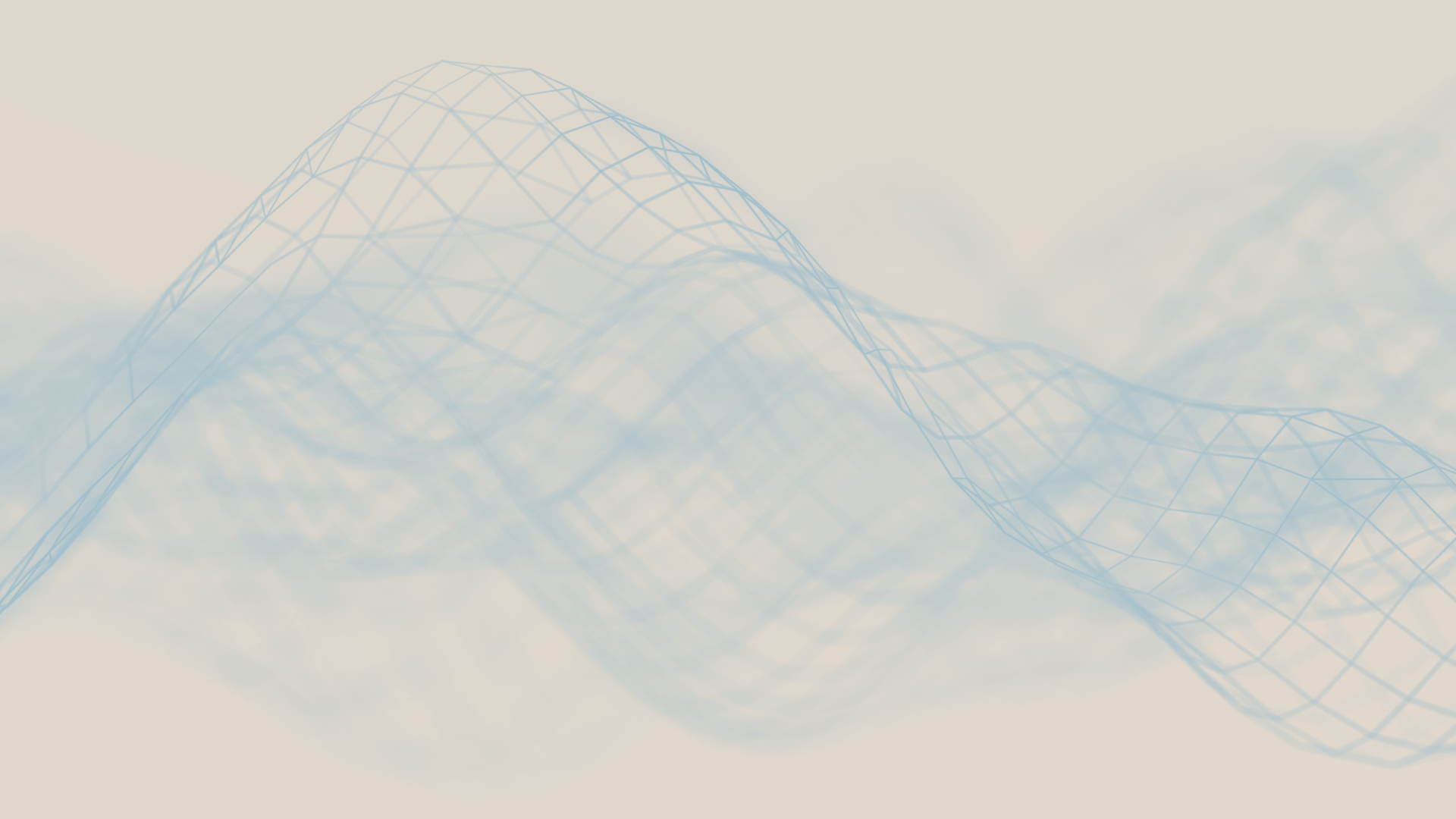
Data quality
The basic ideas above teach anyone how to use quant (and AI) to augment and extend the power of a human team. You can do the work of 100 people with a team of four. And then you might quickly scale that business so that it would normally need 10,000 people, but still have a team of four.
There is an obvious consequence of that miracle. To give an example, imagine an error in a single number in a trading system where the decimal point is off by one position. In a typical system, that error would propagate fairly slowly through a big team and we also might be catch the error before too many transactions happened and before too much damage was done. But in a quant-enhanced system, that error would immediately propagate everywhere and then could be traded on millions of times in an hour.
If you are running an augmented system that does something critical, and you have a very small error, AI and quant can much more rapidly expand and propagate that error. So data and code quality levels that would be great under normal conditions — under quant would break down. That means you need better systems, procedures, quality control, architecture, analysis and design.
The pattern takes this into account, Both equine aesthetics and astronautical rigor are helpful for error prevention.
However, this also means you need high-levels of analytical first-principles horsepower on the team, as well as a much higher level of integrity and personal honor on the team.
A quant team
In addition, AI and quant multiply power, typically by at least ten-fold, and up to a thousand-fold. As noted however, getting to this state tends to be uncomfortable. To make this work well, we found that it helps if team members and leaders are open to critique and are willing to change. That requires very good people, and a very particular personality.
Also, we find that it’s pretty important for the leader to listen very carefully to the team. In addition, it seems to help if a leader is fairly transparent and is focused on the long term.
Theory behind the quant pattern
The pattern was originally a bunch of battle observations — things that were successful. In the beginning, I barely knew WHY they worked. With the passage of time, we now understand WHY most of them work, although there are a few raw observations here that we can’t yet fully explain. I’ve kept the theory pretty light here, to avoid bogging us down, but the theory behind it is also cool.
Idiosyncratic quant definition
The word quant most famously means systematic alpha research. Alpha being investment gains that do not come from gains in the market as a whole.
Confusingly, we also include in quant any use of science or sophisticated automation in investing and trading. And we loosely extend the term to the use of the similar mindset business in general.
The use of automated and systematic methods in investment research, market-making, execution, trade matching, hedge construction, risk prediction, and portfolio construction are either quant or quant-like.
Monitoring and maintenance
As an aside, one thing to remember is that as the quant effort goes along, eventually the quant “PM” will be able to manage 100 times as many strategies as a human PM. Although, to be fair, an exceptional human PM may be more able to see a “regime change” coming. A regime change refers to an events that tends to cause a successful model to stop working.
As we develop a few quant strategies, we assign an “overwatch quant” who also knows economics and history. This person can monitor markets and the world as well as the set of quant strategies. This overwatch is looking for signs of those infrequent events that might cause strategies to permanently fail. Overwatch can also sometimes monitor the performance of strategies for early signs of failure — although using performance to detect failure is really only practical if the strategy we are trading relatively high Sharpe.
